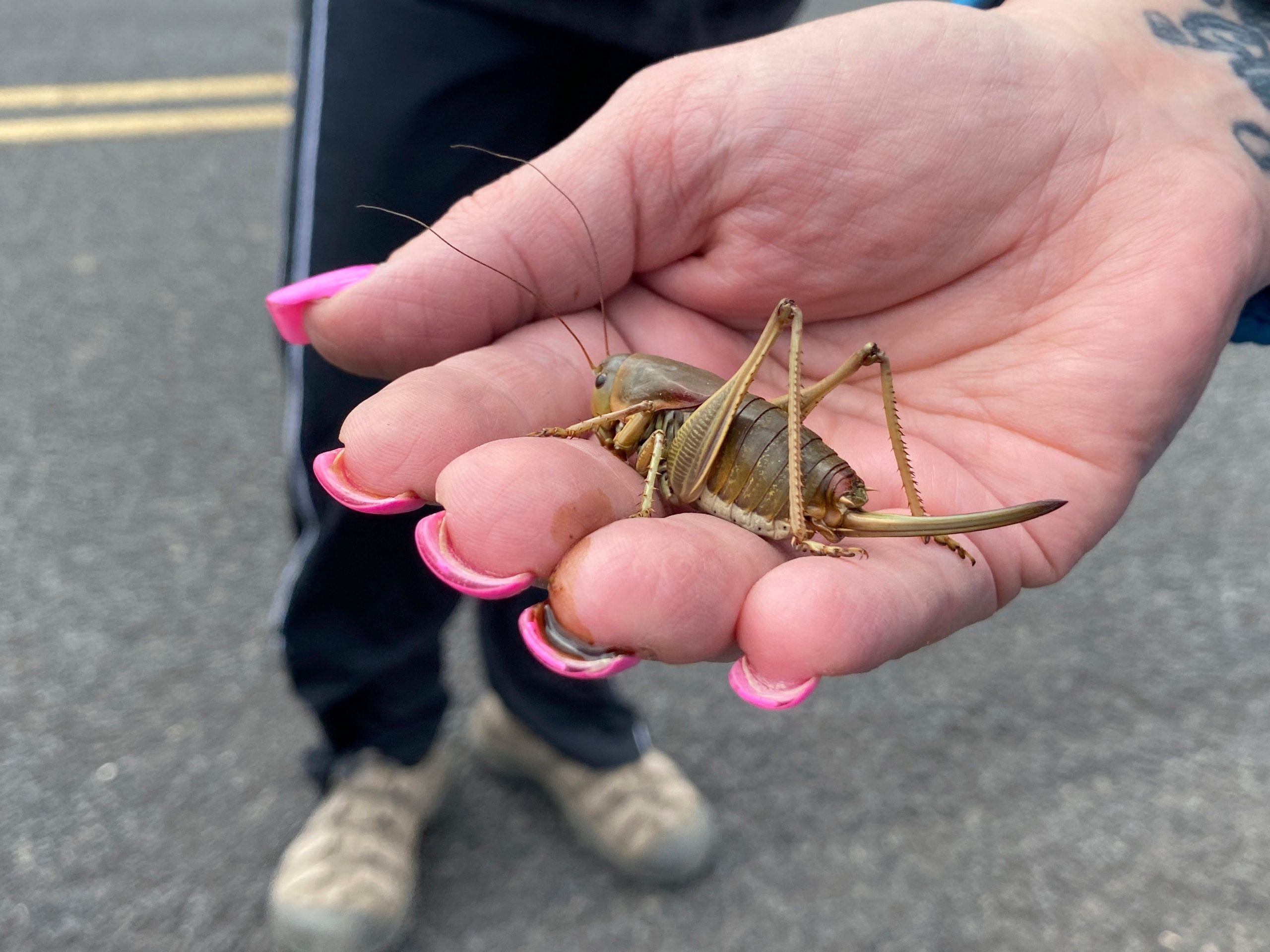Mormon crickets aren’t new to Oregon but droughts and rising temperatures have led to worsening conditions and now Biblical swarms have prompted a step up in pest control.
Despite the name, they are actually shieldbacked katydids and get the name from Mormon settlers in Utah, who encountered the insects during their westward push. These Mormon crickets played a large part in the miracle of the gulls event, where a large flock of seagulls ate the insects destroying fields of crops, and thus saved the lives of Mormon pioneers.
These insects are flightless but can travel up to two kilometres in a day and during swarming, this leads to serious hazards. The colouration is varied and morphological changes are often observed in Mormon crickets depending on the population density. When found in isolation the colours are typically green or purple, but in swarms, they tend to be brown, black, or red.
Also Read | Mummified baby woolly mammoth found in Canada by gold miners
Normally they live in populations of low density, but sometimes, there are bursts, when Mormon crickets move in roving bands. The swarm movement is to find critical protein and salt nutrients, and also to protect themselves from being eaten by other Mormon crickets.
Though these insects show a preference for forbs, they’ll also consume grasses and shrubs, including sagebrush. They also eat their own, especially if any of the insects are injured or killed. Mormon cricket infestations spell trouble for gardens and crops.
Also Read | World’s biggest bacterium, visible to naked eye, found in Caribbean swamp
Since Mormon crickets don’t take flight, physical barriers can be a good way to impede their progress, but carbaryl remains the most effective method of control. The chemical is known as ‘Sevin Dust’ and works at two levels. It poisons and kills one batch of Mormon crickets who eat the bait. Then the cannibalistic nature of the crickets kills those who consume the dead bodies with the chemical in them.







